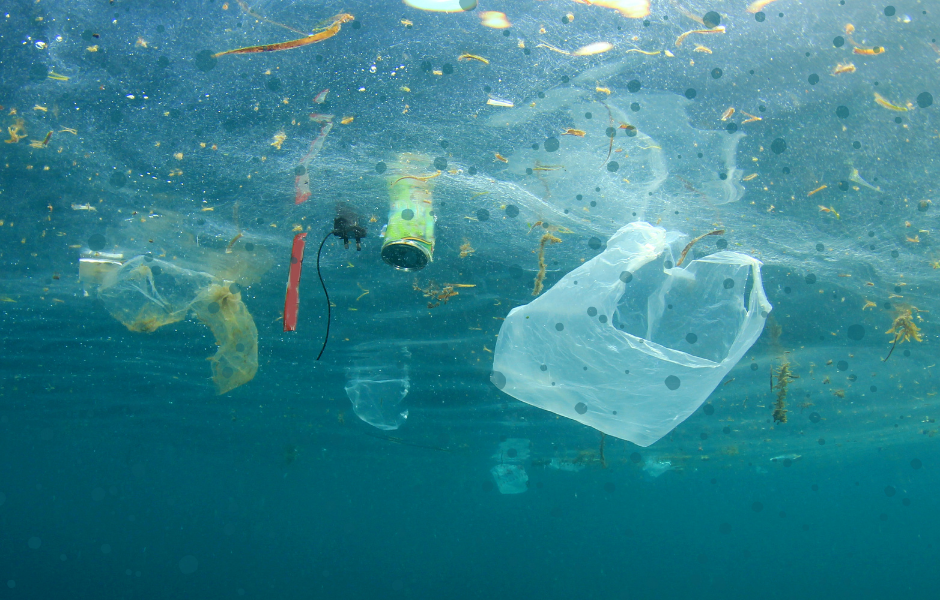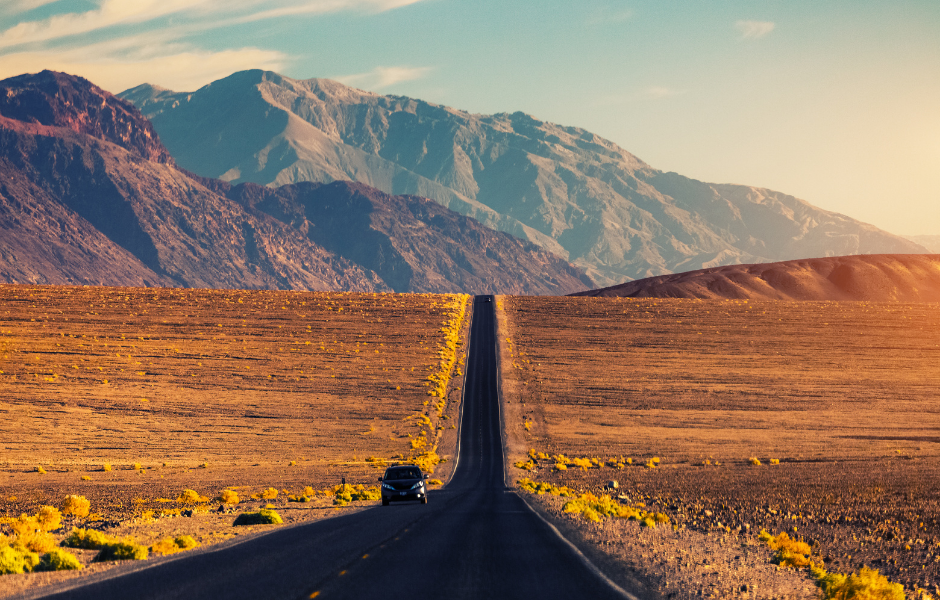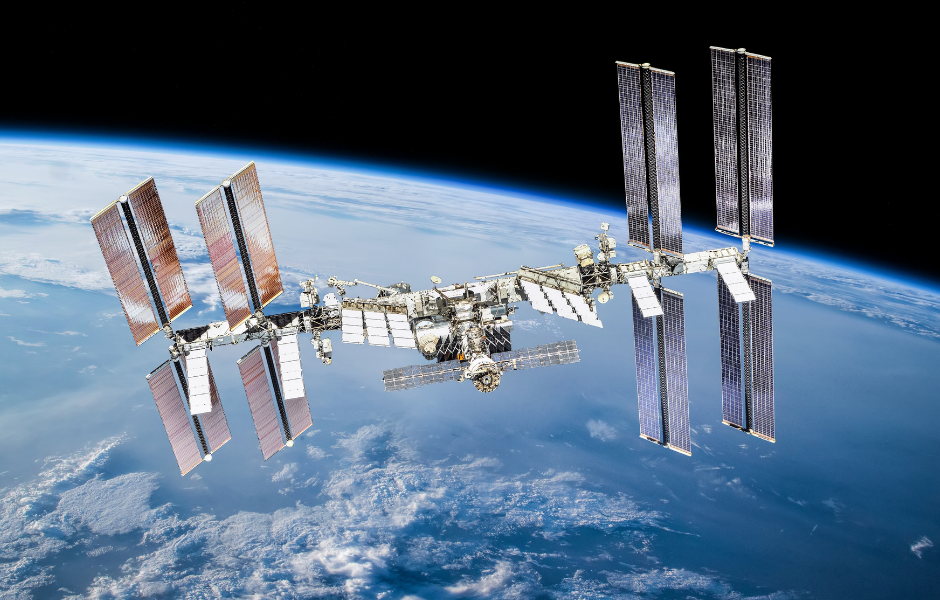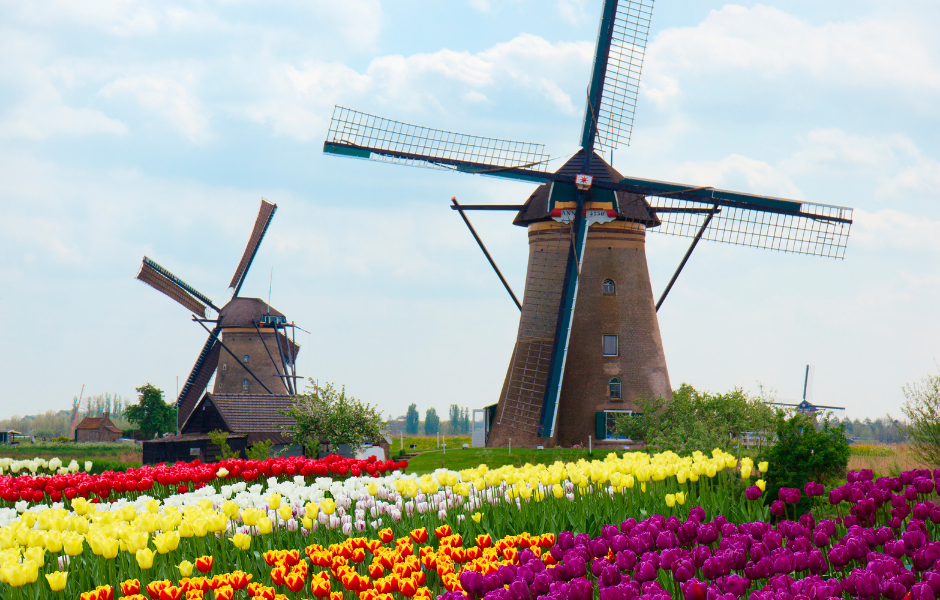
This children’s article, What is the Great Pacific Garbage Patch?, has been written for native English speakers and learners of English as a second or foreign language. It can help children practise reading and comprehension, build vocabulary, and explore the problem of plastic pollution in our oceans. This article explains what the Great Pacific Garbage Patch is, why it’s difficult to clean up, and how people are trying to solve the problem. Written by Sinead O’Carroll, an experienced teacher and children’s writer.
A giant patch of ocean rubbish
The Great Pacific Garbage Patch is a huge area in the North Pacific Ocean where a large amount of marine debris, or ocean trash, has gathered. It covers about 1.6 million square kilometres.
The patch is actually made up of two main areas: the Western Garbage Patch, near Japan, and the Eastern Garbage Patch, located between the U.S. states of Hawai‘i and California.
These two patches are connected by ocean currents in a part of the ocean called the North Pacific Subtropical Convergence Zone.
What’s inside the patch?
Most of the rubbish in the patch is made of plastic. A lot of this plastic has broken down into tiny pieces called microplastics. These can make the water look like a cloudy soup. Along with these small pieces, there are larger objects such as fishing nets, ropes, bottles, and even shoes.
Because plastic does not biodegrade like food or paper, it does not disappear. Instead, it breaks into smaller and smaller pieces that stay in the ocean for many years. This causes problems for sea animals. For example, loggerhead sea turtles often mistake plastic bags for jellyfish, which are their favourite food.
Why does the patch form here?
The Great Pacific Garbage Patch sits inside a giant system of swirling ocean currents called the North Pacific Subtropical Gyre. These currents spin slowly in a circle, trapping rubbish inside. The North Pacific Subtropical Convergence Zone connects the two garbage patches by moving debris between them.
Why is it hard to clean up?
Cleaning up the Great Pacific Garbage Patch is a big challenge. The area is huge, and much of the plastic is made up of tiny microplastics that are very hard to remove without catching sea creatures by mistake.
There is also no solid surface to stand on, the rubbish floats on the water’s surface or just below it, and it can’t be seen from space.
One of the other problems is that because the patch is far from any country’s coast, no single nation takes responsibility for cleaning it up.
However, many organisations are working on solutions. One of these is The Ocean Cleanup, a group testing new ways to collect plastic safely. Many countries are also working to stop plastic pollution from entering the ocean in the first place, especially from rivers and fishing gear.
Why does it matter?
Plastic pollution harms marine life and ecosystems. Animals can get trapped in fishing nets or swallow plastic by mistake. Birds, turtles, and fish are all at risk. Plastic can also damage coral reefs and other habitats that animals rely on. Humans also rely on a healthy ocean.
The Great Pacific Garbage Patch is the largest marine trash patch, but it is not the only one. Similar patches have formed in the Atlantic and Indian Oceans, and even smaller bodies of water like the North Sea are developing trash patches.
That is why it is important for everyone to reduce plastic use and keep rubbish out of rivers, beaches, and oceans. Every small action can help protect our planet’s waters.

Article vocabulary list
- Marine debris – Rubbish floating in the sea, especially plastic
- Microplastics – Tiny pieces of plastic that are hard to see
- Gyre – A large system of swirling ocean currents
- Convergence zone – A place where ocean waters from different areas meet
- Biodegrade – To break down naturally over time
- Debris – Pieces of rubbish or broken things
- Pollution – Harmful materials that damage the environment
- Ecosystem – A community of plants, animals, and their environment
Comprehension questions
Just click the plus (+) to see the answer
1. What is the Great Pacific Garbage Patch?
a) A large area in the ocean with a lot of rubbish
b) A group of islands made of plastic
c) A floating city
Answer: a) A large area in the ocean with a lot of rubbish
2. Where are the two main parts of the Great Pacific Garbage Patch located?
Answer: Near Japan and between Hawai‘i and California
3. What are microplastics?
Answer: Tiny pieces of plastic that can be hard to see
4. Why is plastic pollution a problem for sea animals?
a) It gives them food
b) It can hurt or trap them
c) It helps them swim
Answer: b) It can hurt or trap them
5. What is the North Pacific Subtropical Gyre?
a) A sea animal that eats plastic
b) A deep part of the Pacific Ocean
c) A large system of swirling ocean currents
Answer: c) A large system of swirling ocean currents
6. Why is cleaning up the patch difficult?
Answer: Because the area is huge and the plastic pieces are very small
7. What is The Ocean Cleanup?
Answer: An organisation working to remove plastic from the ocean
Sinead is a writer and EFL teacher with eight years’ experience. She’s a native English speaker who loves making news stories fun and easy to understand for children around the world. Her passions include travel, animals, and helping to make the world a kinder, more sustainable place.




